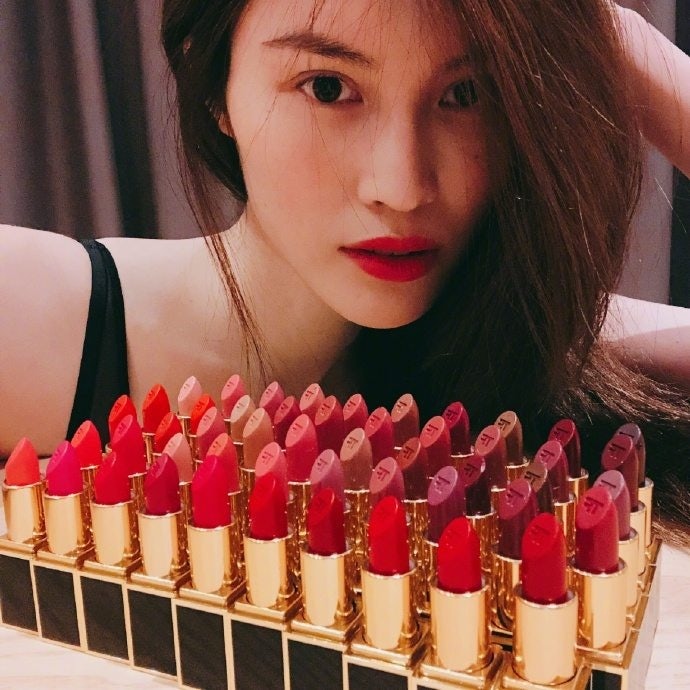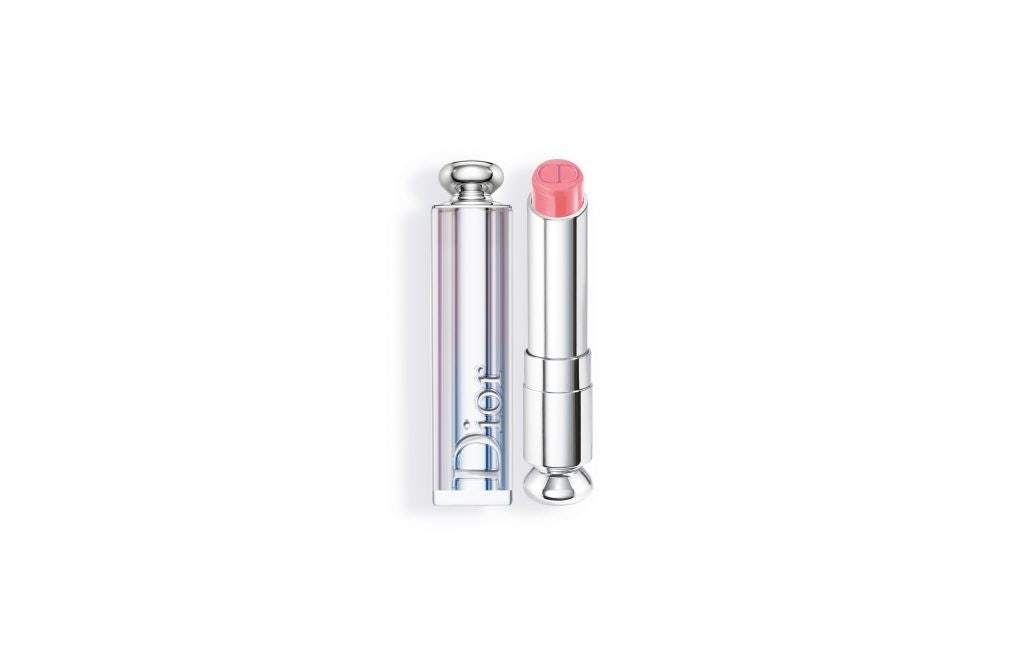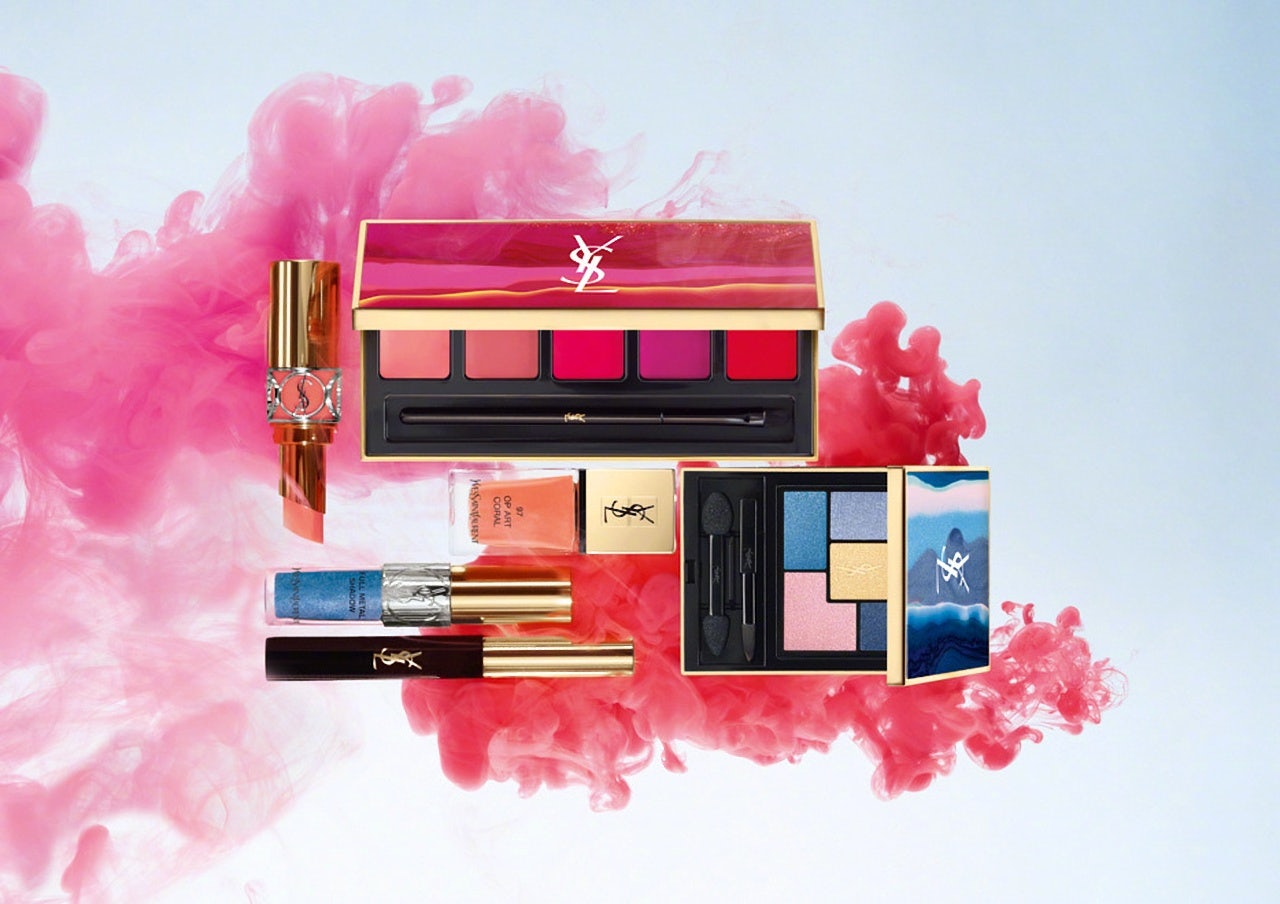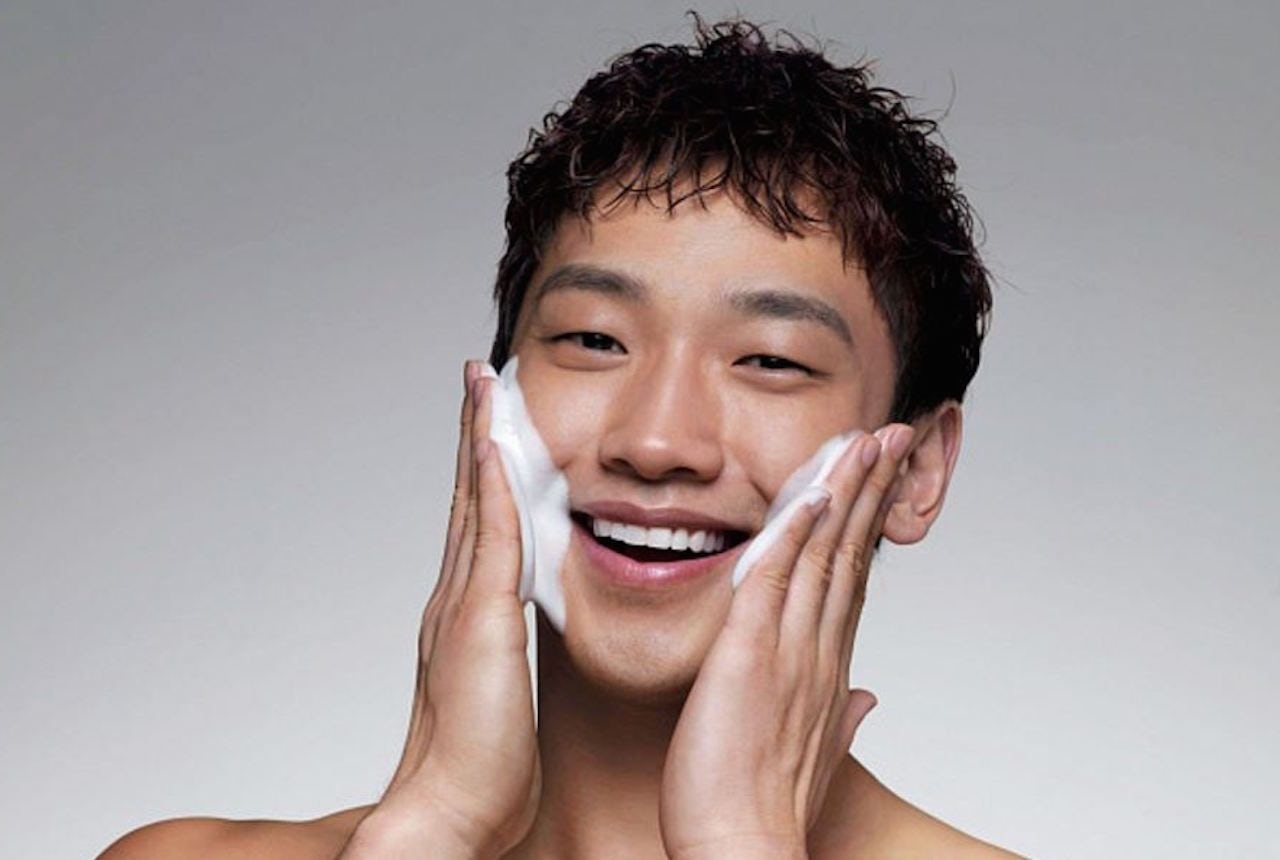In recent years, many renowned fashion brands that have already succeeded in the apparel, handbag, and accessories markets have ventured into cosmetics. This strategy, which aims to cash in on the renown of luxury brands, has fared differently in different parts of the world. In China, it’s a hit.
In 2017, the popularity of fashion brands’ cosmetics lines skyrocketed as consumer spending on high-end beauty products rose. The demand for designer cosmetics brands can be strongly sensed through a list of “must-have” beauty items that circulated on Chinese social media. From Tom Ford’s Eye Color Quad and Chanel’s Le Blush Crème De Chanel to Yves Saint Laurent’s (YSL) Touche Éclat Face Highlighter Pen and Christian Dior’s Addict Lipstick, fashion brands’ beauty products are hoovering up Chinese customers’ cash.

The success of designer beauty brands poses a threat to established make-up labels such as Estée Lauder, Lancôme, and Shiseido.
Why are Chinese shoppers so into fashion brands’ beauty lines? And how can brands leverage that interest?
A Gateway Item#
“[Luxury brands’ beauty products are] a good entry point to the world of luxury,” said Louis Houdart, founder of the marketing and branding agency Creative Capital. “While nowadays a lot of office ladies [in China] can buy a luxury handbag, it is still quite out of the reach for the majority of Chinese people.”
Without spending hundreds or thousands of dollars, Chinese consumers can enjoy the designers’ touch, implying a level of wealth and sophistication they have not yet obtained.

Helen Yuan, a 21-year-old college student in Shanghai, told Jing Daily that the first luxury item she ever bought was Dior’s Addict Lipstick. She said, “because I am just a student right now, and I don’t want to ask for too much money from my parents, cosmetics are the only luxury items that I can afford.”
She added that through buying cosmetics from luxury brands, she learned about their histories, stories, and offerings in other categories.
“After purchasing my first Dior lipstick, I started to follow the brand on social media. Now I am a big fan of their Lady Dior handbag,” she said. “I want to buy one someday when I begin to make money.”
Not Just an Item But an Experience#
The growing sophistication and segmentation of Chinese luxury consumers over the past few years is another reason fashion brands’ beauty lines have become so popular.
“The addition of designer brands gives more choices to the Chinese consumers who are increasingly buying into ‘brand experience’ and ‘brand influence’, [rather] than just a good product,” said Vinchy Chan, the Cosmetics and Luxury Consultant at Brand Finance.
Chan’s observation is in line with Bain & Company’s findings on the latest shopping habits of Chinese consumers. In an October report, the consultancy noted that affluent shoppers, especially among the younger generation, look beyond the perceived material return from their investment in high-priced products. The experiences that luxury brands can provide help fulfill people’s frustrated need for self-expression.
Quality is All But Assured#
Designer brands’ reputation in other segments, such as apparel, handbags or accessories, also helps promote their beauty products.
“Piggybacking on their reputation allows them to surpass the ‘new brand’ stigma of uncertainty — their quality is ensured thanks to their well-established reputation in consumers’ minds,” said Chan.
Helping to showcase their products, fashion designers typically have existing relationships (and budgets) that let them work with the best makeup artists and producers in the world when they move into the beauty sector.
Susie Yan, a 27-year-old Chinese consumer who loves fashion brands’ makeup lines, told Jing Daily that she once compared similar products of YSL and premium labels like Lancôme and Estee Lauder, and concluded that the richness, comfort, and texture that YSL provided was unbeatable.
Luxury Fashion Brands’ Limitations#
Despite their successes thus far, fashion brands face serious challenges in the hyper-competitive Chinese beauty market. Top-tier specialized cosmetics brands such as La Mer and Clé de Peau Beauté have near-mythical products, particularly for skincare, that are less susceptible to changing trends and marketing campaigns.
“Consumers are more value sensitive and looking for more real benefits from products to justify the price premium. Luxury brands may not possess the same brand trust [in certain areas] that brands who are dedicated to beauty have,” said Brand Finance’s Vinchy Chan.
Domestic cosmetics brands and boutique beauty brands are also gaining traction among a new generation that cares much less about the brand origin of products they buy.
Creative Capital’s Louis Houdart, on the other hand, pointed out a shortcoming of fashion brands’ beauty lines: their level of digital capability and innovation in the space. According to research by the New York-based digital intelligence firm L2, established beauty brands like Estée Lauder, L’Oréal, Lancôme, and SK-II, have invested significantly in digital, including Augmented Reality, in order to cater to tech-savvy Chinese consumers. Luxury fashion brands, which have often been slow to embrace digital marketing and sales, have a lot of work to do to catch up.
Looking to the year ahead, Chan said, “establishing a differentiated position, having a clear target, delivering a unique brand promise and leveraging digital media power are key for premium cosmetics brand to thrive”.


